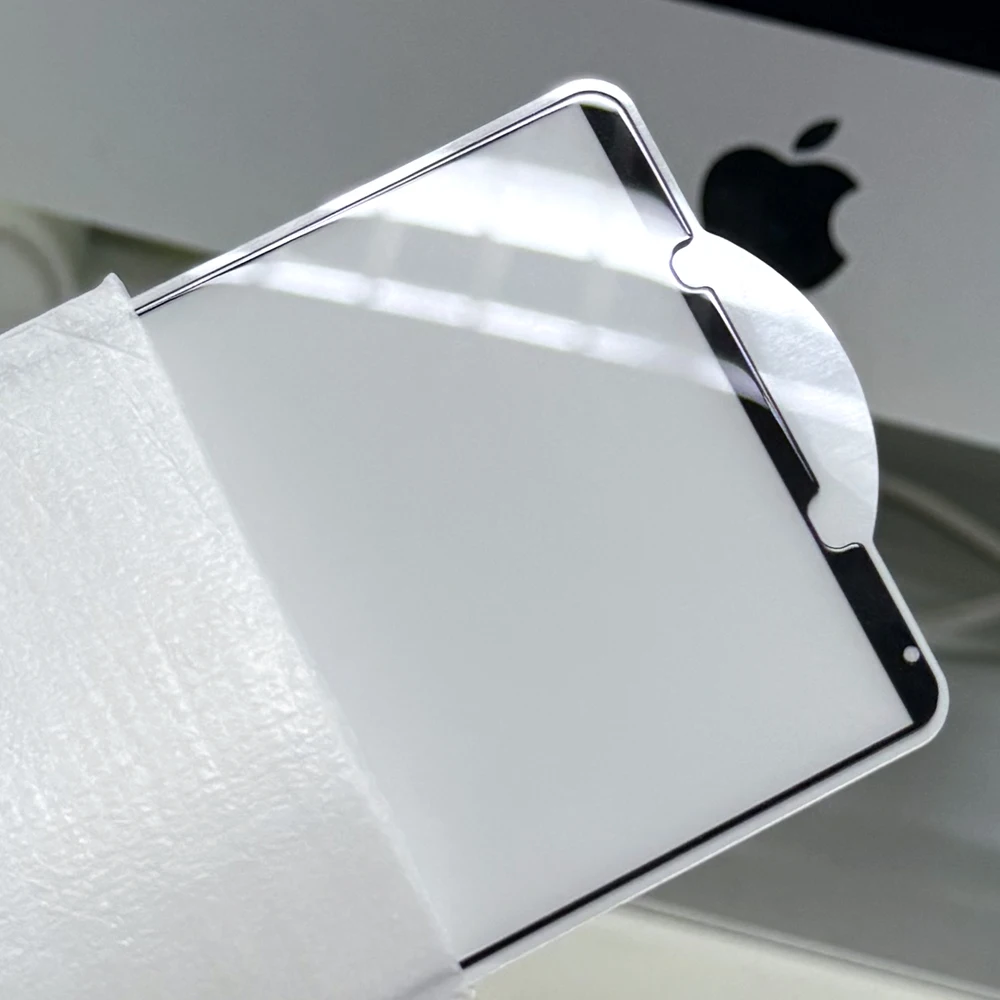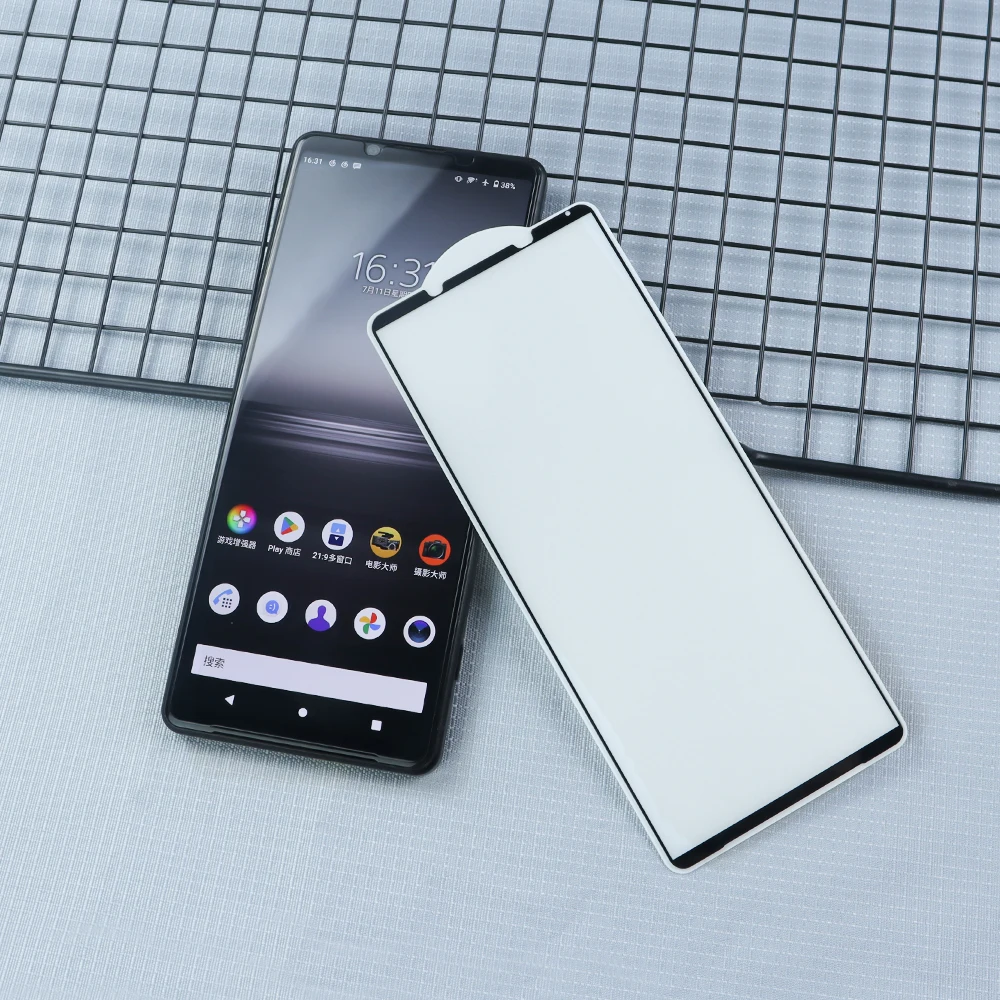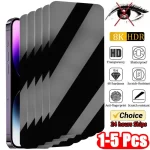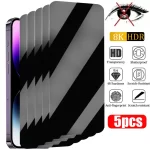Introduction
Liquid screen protectors have become increasingly popular in recent years, as they offer a convenient and effective way to protect your device’s screen from scratches and smudges. However, if you have applied a liquid screen protector and are unhappy with the results, or if you simply want to remove it and apply a traditional screen protector instead, you may be wondering how to do so safely. In this article, we will provide a step-by-step guide on how to remove a liquid screen protector without damaging your device’s screen.
Understanding Liquid Screen Protectors
Liquid screen protectors make from silicone dioxide, which forms a thin, transparent layer on top of your device’s screen. This layer design to create a protective barrier that can help prevent scratching, smudging, and other damage. Unlike traditional screen protectors, which are typically made from tempered glass or plastic, liquid screen protectors are applied as a liquid and dry to form a hard, clear coating. While they offer several benefits, such as increased scratch resistance and improved clarity, they can be difficult to remove if you decide you no longer want to use them.

Assessing the Need for Removal
Before you begin the process of removing a liquid screen protector, it’s important to assess whether or not it is necessary. If you are unhappy with the results of the liquid screen protector, such as visible imperfections, smudges, or bubbles, you may want to consider removing it and applying a traditional screen protector instead. Additionally, if you plan to sell or trade in your device, you may want to remove the liquid screen protector to ensure that the new owner has a clean, undamaged screen.
Gathering the Necessary Supplies
To remove a liquid screen protector, you will need several supplies to ensure a safe and effective removal process. These supplies include a microfiber cloth, a cleaning solution, such as isopropyl alcohol, a plastic card or scraper, and a new traditional screen protector, if you plan to apply one after removal. These supplies will help you safely remove the liquid screen protector without damaging your device’s screen.
Step 1: Clean the Screen
The first step in removing a liquid screen protector is to thoroughly clean the device’s screen. Use a microfiber cloth to remove any dust, fingerprints, or other debris from the screen. Next, apply a small amount of cleaning solution, such as isopropyl alcohol, to the microfiber cloth and gently wipe the screen to remove any remaining residue. This step is essential to ensure that the removal process goes smoothly and that the device’s screen is not damaged.
Step 2: Use a Plastic Card or Scraper
Once the screen is clean, use a plastic card or scraper to carefully lift the edge of the liquid screen protector. Start at one corner and gently work the card or scraper under the edge of the protector, being careful not to scratch the screen. Slowly and carefully lift the protector away from the screen, continuing to use the card or scraper to loosen any remaining edges. Take your time during this step to ensure that the protector remove entirely without damaging the screen.
Step 3: Clean the Screen Again
After removing the liquid screen protector, use the microfiber cloth and cleaning solution to thoroughly clean the screen once more. This will help remove any remaining residue or adhesive from the screen, ensuring that it is clean and ready for a new traditional screen protector, if desired. Be sure to dry the screen completely before applying a new protector to prevent any bubbling or other imperfections.
Step 4: Consider Applying a New Screen Protector
If you have removed the liquid screen protector with the intention of applying a traditional screen protector, now is the time to do so. Follow the instructions included with the new screen protector, ensuring that the screen is clean and free of debris before applying the protector. This will help ensure that your device’s screen protecte from scratches and smudges moving forward.
The Risks of Removing a Liquid Screen Protector
While removing a liquid screen protector can be done safely, it’s important to understand that there risks involve. One of the main risks is the potential for damaging the device’s screen during the removal process. Using excessive force or the wrong tools can lead to scratches, cracks, or other damage, which can be costly to repair. Additionally, some liquid screen protectors may leave behind a residue or adhesive that can be difficult to remove, requiring additional cleaning and potentially causing damage to the screen if not done carefully. Understanding these risks can help you approach the removal process with caution and care.

Tips for a Safe Removal Process
To minimize the risks of removing a liquid screen protector, there are several tips to keep in mind. First, take your time and proceed with patience and caution. Rushing the removal process can lead to mistakes and potential damage to the screen. Second, use the right tools, such as a plastic card or scraper, to carefully lift and remove the protector from the screen. Avoid using sharp or metal tools that can scratch or gouge the screen. Third, ensure that the screen is clean and free of debris before and after the removal process. This will help prevent any leftover residue or adhesive from causing damage to the screen.
Seeking Professional Help
If you are unsure about how to safely remove a liquid screen protector or do not feel comfortable doing so yourself, it may be best to seek professional help. Many electronic device repair shops offer screen protector removal services, where experienced technicians can safely remove the liquid screen protector without causing damage to the screen. While there may a cost associate with this service, it can provide peace of mind and ensure that the removal process is done safely and effectively.
Learning from the Experience
Once the liquid screen protector has safely removed and, if desired, a new traditional screen protector has apply, it’s important to reflect on the experience. Consider what led to the decision to remove the liquid screen protector, and whether there are any lessons to learn for future screen protection choices. If feeling uncertain about applying a new screen protector, consider researching different options, including tempered glass and plastic protectors, to find the best option for your device’s screen.
Final Thoughts
Removing a liquid screen protector can be a daunting task, but with the right knowledge and tools, it can be done safely and effectively. By assessing the need for removal, gathering the necessary supplies, following a careful process, and considering professional help if needed, you can ensure that the removal process is successful and the device’s screen remains undamaged. With a clean and scratch-free screen, you can enjoy using your device without the distraction of smudges and imperfections.

Conclusion
Removing a liquid screen protector can be a delicate process, but with the right supplies and careful technique, it can be done safely and effectively. By following the steps outlined in this article, you can remove a liquid screen protector without damaging your device’s screen and, if desired, apply a new traditional screen protector for added protection. With a clean, scratch-free screen, you can enjoy using your device without the distraction of smudges and imperfections.


